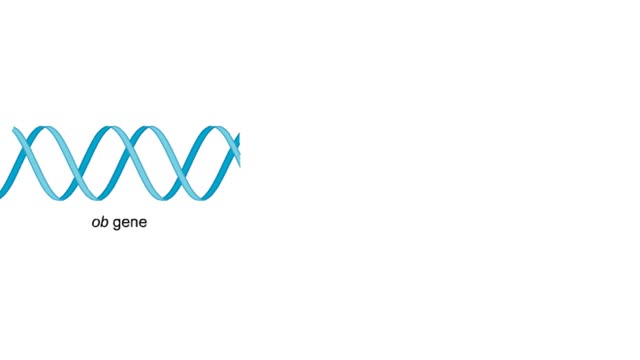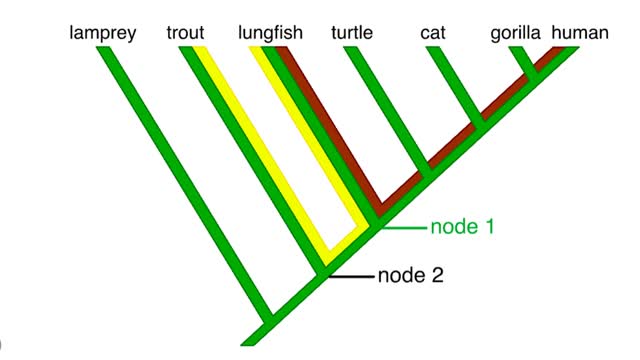Search Results
Results for: 'Secondary and tertiary levels of protein structure Animation'
Secretin (inhibiting gastric acid secretion), Cholecystokinin (fat digestion) & Cholecystokinin
By: HWC, Views: 10785
• As chyme approaches the small intestine, secretin also targets acid-producing parietal cells in the gastric mucosa. • Increased secretin inhibits gastric add secretion. • With less gastric acid produced, the chyme going into the intestine is less acidic. • The hormone CCK also reg...
Chronology of leptin research (A history of leptin research)
By: HWC, Views: 7973
In 1950. researchers at Jackson Laboratories noticed that one of their mice had become extremely obese—it had an insatiable appetite. Intrigued, they bred a strain of mice showing this characteristic. In the late 1960s, researchers surgically connected the bloodstreams of a normal mouse and a...
Membrane Protein and Facilitated Transport (Passive Vs Active)
By: HWC, Views: 10515
Membrane proteins are common proteins that are part of, or interact with, biological membranes. Membrane proteins fall into several broad categories depending on their location. Integral membrane proteins span the membrane, with hydrophobic amino acids interacting with the lipid bilayer and hy...
By: HWC, Views: 9934
The vestibular system has important sensory and motor functions, contributing to the perception of self-motion, head position, and spatial orientation relative to gravity. The function of the vestibular system can be simplified by remembering some basic terminology of classical mechanics. All ...
Membrane transport proteins - pores, gated channels and pumps
By: HWC, Views: 11062
• a Three different types of membrane ion transport proteins are required to produce and carry electrical signals: • Pores • Gated channels • Na+/ K+ pump • Pores are always open and allow the diffusion of Na+ and K+ ions across the membrane, down their concentration gradients...
Primary Active Transport - electrochemical gradient and ion transport / water movement
By: HWC, Views: 11091
Energy derived from ATP changes the shape of a transporter protein which pumps a substance across a plasma membrane against its concentration gradient An electrochemical gradient is a gradient of electrochemical potential, usually for an ion that can move across a membrane. The gradient consis...
Interpreting a cladogram Animation
By: HWC, Views: 4555
Using a cladogram to determine relative relatedness and whether the lungfish is more closely related to a human or to a trout. To determine the relative relatedness, we begin by tracing the branches from the human and the lungfish to the point where they meet. We'll call this node 1. Now...
Condensation and Hydrolysis Animation
By: HWC, Views: 4727
A condensation reaction joins two molecules together to form one larger molecule. An enzyme removes a hydroxyl group from one molecule and a hydrogen atom from another, then speeds the formation of a bond between the two molecules at their exposed sites. Typically the discarded atoms join t...
Photosynthesis overview Animation
By: HWC, Views: 5014
Illustration of the interrelationships of the light-dependent and light-independent reactions of photosynthesis. The light-dependent reactions split water, and produce ATP and NADPH. Oxygen is a by-product of these reactions. ATP and NADPH, together with carbon dioxide, are reactants in ...
Advertisement











